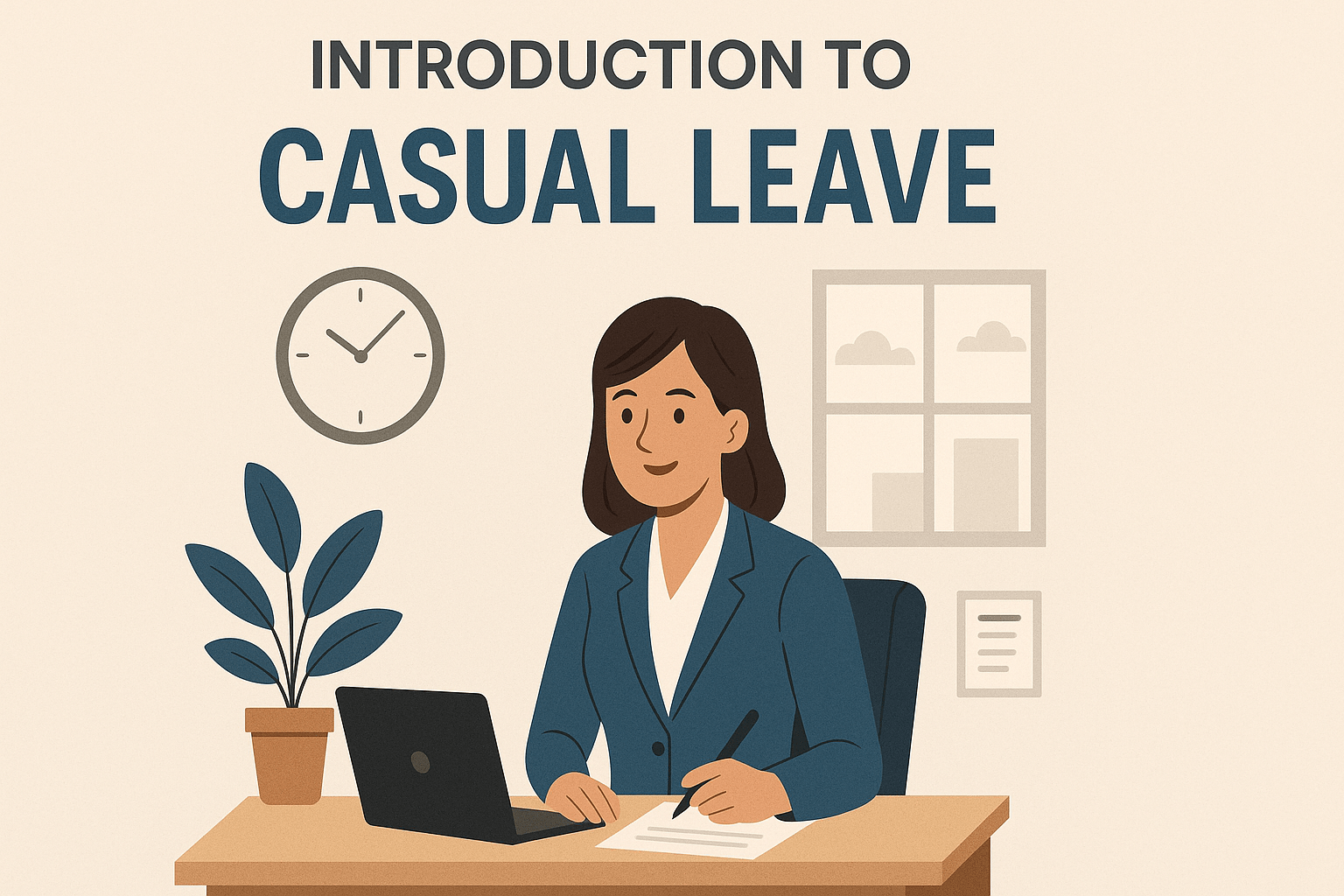Introduction to Zero Hours Contracts
Zero hours contracts are a type of employment contract where the employer does not guarantee a set number of working hours—this is also known as a zero hour contract or zero hours contract. These are a type of hour contracts and are sometimes referred to as casual contracts, reflecting the flexible working arrangements they provide.
Zero hour workers, also referred to as zero hours workers, are entitled to the same statutory rights as other employees, including holiday pay and national minimum wage. Casual workers and zero hour workers have similar statutory rights, and both leave entitlement and annual leave entitlement apply to them.
The use of zero hours contracts is common in industries with fluctuating demand, such as hospitality and retail, where employers need to manage variable working hours. Casual hours are common in these industries, and gig economy workers often work under such working arrangements.
Zero hour contract workers, including those in the gig economy, are protected by UK law and have the right to paid holiday, which is a key aspect of their employment contract. In contrast to zero hour workers and casual workers, a full time employee or full time employees typically have fixed working arrangements, making annual leave entitlement calculations more straightforward. Entitlement to paid holiday for zero-hours contract workers is a statutory right under the Working Time Regulations 1998.
UK Law and Zero Hours Contract Workers
UK law states that zero hour workers are entitled to statutory annual leave, which includes paid holiday and bank holidays, as outlined in the employment rights act. Zero hours contract employees accrue holiday entitlement over holiday years, and holiday accrual is based on hours worked.
Employers must provide zero hour workers with a written statement of their employment contract, including details of their holiday entitlement and pay, within a specified pay period. Employers must also deduct national insurance contributions, and pay calculations should consider sick leave and any weeks not worked.
Zero hour workers have the right to claim unfair dismissal and seek compensation if their employer breaches their employment contract or fails to provide statutory rights, such as minimum wage and rest breaks. Disputes over contract holiday pay or zero hour holiday pay can lead to an employment tribunal.
The UK government has introduced regulations to protect zero hour workers, including the right to request a more stable working pattern and to be paid the national minimum wage for all hours worked. Average weekly pay, weekly pay, and average week’s pay are used to calculate holiday pay, and a full calendar week or calendar week without work can affect holiday accrual and continuity of employment. A month’s pay may be used to determine average pay for holiday calculations, and hour contract holiday pay is calculated based on statutory methods. Zero-hours contract workers start accumulating holiday entitlement as soon as they begin working.
Creating a Zero Hours Contract
- When creating a zero hours contract, employers must ensure that it includes all the necessary contractual provisions, such as holiday entitlement, pay, and working hours, to comply with employment law.
- The contract should clearly state the terms and conditions of employment, including the worker’s employment status and their entitlement to statutory annual leave.
- Employers should also include details of how holiday pay will be calculated, including the method for calculating average weekly earnings and the pay period used. Employers must calculate holiday pay for zero hour contract workers using their average hourly pay or average hourly rate, as their working hours are variable and not guaranteed. Calculating holiday pay for zero hour workers involves averaging pay over a set period, such as the previous 52 weeks, and may differ from workers with fixed hours, for whom the calculation is more straightforward. For employees with fixed hours, calculating holiday pay is typically based on their regular weekly pay.
- It is essential to ensure that the contract complies with UK law and protects the rights of zero hour workers, including their right to paid holiday and sick pay.
Managing Zero Hour Workers
- Employers must manage zero hour workers in a way that complies with UK law and respects their statutory rights, including the right to paid holiday and rest breaks.
- This includes providing them with regular updates on their working hours and ensuring that they receive their statutory entitlement to holiday pay, which is a key aspect of their employment contract. Holiday entitlement for zero-hours workers is calculated as 12.07% of the hours worked during a specific period.
- Employers should also ensure that zero hour workers are paid the national minimum wage for all hours worked and that they receive paid leave, including bank holidays.
- Effective management of zero hour workers requires clear communication and a fair working arrangement, including a transparent pay period and holiday pay calculations.
Calculating Holiday Entitlement for Zero Hours Workers
Calculating holiday entitlement for zero hours workers can be challenging because their working hours often vary from week to week. Under UK law, all zero hours workers are legally entitled to a statutory minimum of 5.6 weeks of paid holiday each year, as set out in the Employment Rights Act 1996. To calculate holiday entitlement for zero hours workers, employers commonly use the 12.07% method. This means that for every hour worked, a zero hours worker accrues holiday entitlement equivalent to 12.07% of the hours worked during a pay period.
For example, if a zero hours worker has worked 100 hours over a certain period, they would be entitled to 12.07 hours of paid holiday (100 x 12.07%). This approach ensures that holiday entitlement is proportionate to the actual hours worked, making it fair for both the worker and the employer. It’s important to remember that this calculation is based on the statutory minimum amount of annual leave, and employers must ensure that zero hours workers receive at least this amount of paid holiday. By accurately calculating holiday entitlement, employers can meet their legal obligations and provide zero hours workers with the paid holiday they are entitled to.
Holiday Pay FAQs
Q: Are zero hours workers entitled to holiday pay?A: Yes, zero hours workers are entitled to holiday pay for the statutory minimum amount of annual leave, just like other employees.
Q: How is holiday pay calculated for zero hours workers?A: Holiday pay for zero hours workers is calculated based on their average weekly earnings over the previous 52 weeks in which they were paid. This ensures that holiday pay reflects the worker’s typical earnings, even if their hours vary.
Q: Can employers use the rolled up holiday pay method for zero hours workers?A: No, rolled up holiday pay is no longer permitted for zero hours workers. Holiday pay must be paid at the time when leave is actually taken, rather than being included in the regular pay.
Q: How many hours of holiday entitlement are zero hours workers entitled to?A: Zero hours workers are entitled to 5.6 weeks of statutory minimum holiday entitlement per year, regardless of how many hours they work each week.
Q: Can zero hours workers carry over holiday pay to the next year?A: In some cases, zero hours workers can carry over untaken statutory leave into the next holiday year, especially if they were unable to take their full entitlement due to sickness or other valid reasons.
Additional Resources
For further guidance on calculating holiday entitlement and pay for zero hours workers, the following resources are highly recommended:
- The UK Government website offers comprehensive information on holiday entitlement and pay for zero hours workers, including how to calculate holiday entitlement and pay in line with statutory minimum requirements.
- The Employment Rights Act 1996 details the statutory minimum holiday entitlement for zero hours workers and other key employment law provisions.
- Acas provides practical advice and guidance on holiday pay and entitlement for zero hours workers, helping both employers and employees understand their rights and responsibilities.
- The CIPD website offers expert guidance on holiday pay and entitlement for zero hours workers, including best practices for compliance with UK law.
Employers are also encouraged to consult HR professionals or employment law experts to ensure they are meeting all legal obligations regarding holiday entitlement and pay for zero hours workers. Staying informed and compliant helps protect both the business and its workers.




